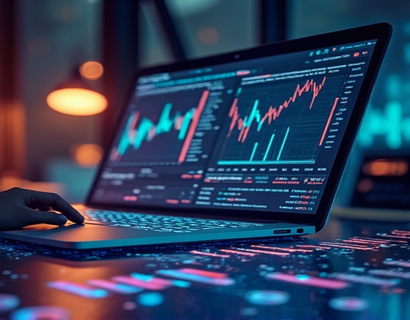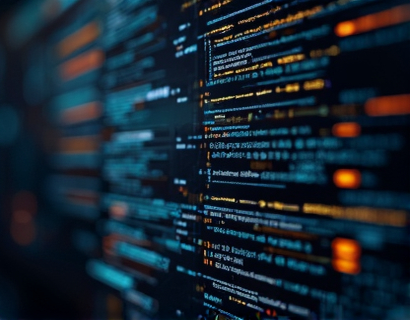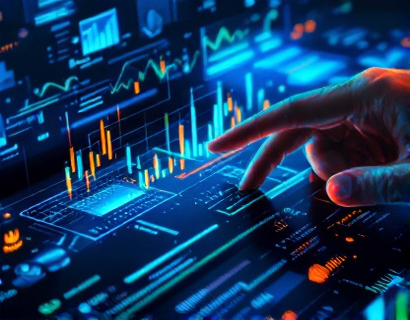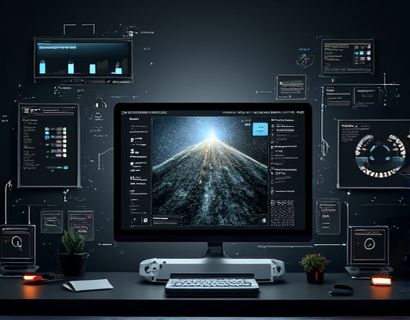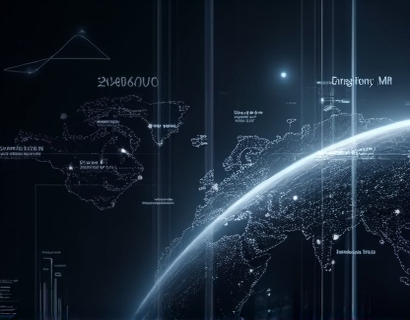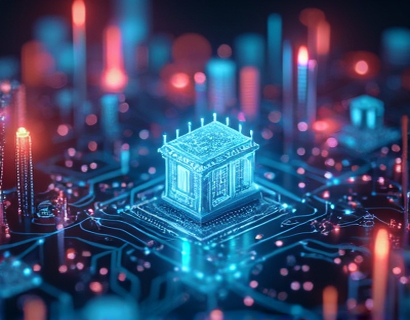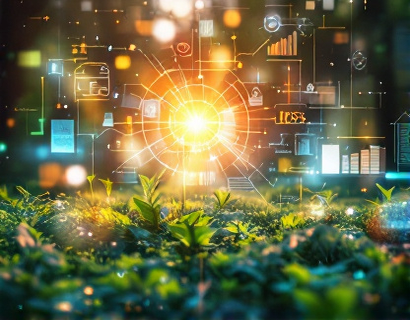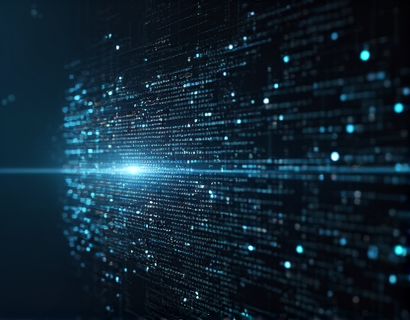Maximizing Aquaponics Business Success with Advanced Management Software
In the rapidly evolving world of sustainable agriculture, aquaponics stands out as a promising method that combines fish farming and hydroponic plant cultivation in a symbiotic environment. For aquaponics businesses, managing the intricate balance between water quality, fish health, and plant nutrition is crucial for success. Advanced management software plays a pivotal role in streamlining operations, boosting productivity, and enhancing sustainability. This article delves into how such software can transform the way aquaponics is managed, offering precise monitoring, control, and optimization of the entire system.
Understanding the Challenges in Aquaponics Management
Aquaponics systems are complex ecosystems where the health of fish and plants is interdependent. Maintaining optimal conditions requires constant monitoring of parameters such as pH levels, ammonia and nitrite levels, temperature, and dissolved oxygen. Traditional manual methods are time-consuming and prone to human error, which can lead to suboptimal growth conditions and potential system failures. Advanced management software addresses these challenges by providing real-time data and automated controls, ensuring that the environment remains within the ideal range for both fish and plants.
Key Features of Advanced Management Software
1. Real-Time Monitoring: Advanced software platforms offer continuous monitoring of all critical parameters. Sensors placed throughout the system transmit data to a central dashboard, allowing farmers to track conditions at any time. This real-time visibility helps in making informed decisions quickly, preventing issues before they escalate.
2. Automated Controls: Automation is a cornerstone of efficient aquaponics management. Software can control pumps, aerators, and other equipment based on predefined parameters. For instance, if the pH level drops below a certain threshold, the system can automatically add a buffer to restore balance. This reduces the need for manual intervention and ensures consistent conditions.
3. Data Analytics and Reporting: Comprehensive data analytics tools enable farmers to analyze trends and patterns over time. These insights can help in optimizing feeding schedules, adjusting water flow rates, and predicting potential issues. Detailed reports provide a historical overview, aiding in long-term planning and decision-making.
4. Integration Capabilities: Modern software solutions are designed to integrate with various hardware components and third-party services. This seamless integration ensures that all parts of the system work harmoniously, from water quality sensors to nutrient dosing systems. Integration also allows for the incorporation of weather data, enabling the system to adapt to external conditions.
Enhancing Productivity Through Optimization
By leveraging advanced management software, aquaponics businesses can significantly enhance their productivity. Optimized conditions lead to faster growth rates for both fish and plants, increasing overall yield. For example, precise control over nutrient levels ensures that plants receive exactly what they need, promoting healthy growth and higher biomass. Similarly, maintaining optimal water conditions for fish reduces stress and disease, leading to healthier stocks and better feed conversion rates.
Moreover, the software can help in maximizing space utilization. By monitoring plant density and growth patterns, farmers can adjust the layout to ensure that each plant receives adequate light and nutrients. This optimization not only increases yield but also improves the quality of the produce, making it more marketable.
Promoting Sustainability
Sustainability is at the core of aquaponics, and advanced management software plays a crucial role in achieving this goal. By minimizing resource waste and reducing environmental impact, these systems align with the principles of sustainable agriculture. Here are some ways software contributes to sustainability:
- Water Conservation: Advanced systems efficiently recycle water, ensuring minimal waste. Real-time monitoring helps in detecting leaks or inefficiencies promptly, further conserving this vital resource.
- Energy Efficiency: Automated controls can optimize energy usage by adjusting equipment operation based on real-time needs. For instance, aerators can be turned on only when necessary, reducing energy consumption without compromising water quality.
- Reduced Chemical Use: Precise monitoring and control minimize the need for chemical treatments. By maintaining optimal conditions, the risk of disease and pest infestations is reduced, lowering the reliance on chemicals.
- Carbon Footprint Reduction: By optimizing operations and reducing resource waste, aquaponics businesses can lower their carbon footprint. This aligns with global efforts to combat climate change and promotes a more sustainable future.
Case Studies and Success Stories
Several aquaponics businesses have successfully implemented advanced management software, achieving remarkable results. For instance, a medium-sized aquaponics farm in the Midwest saw a 30% increase in fish growth rate and a 25% increase in plant yield after integrating an advanced monitoring and control system. The farm's manager attributed these improvements to the ability to maintain consistent conditions and the time saved from manual monitoring.
Another example is a urban aquaponics project in a densely populated city. By using software to manage their system, the farmers were able to produce fresh, high-quality produce year-round, despite the challenging urban environment. The software's real-time alerts helped them quickly address issues, ensuring the system's reliability and the quality of their output.
Challenges and Considerations
While the benefits of advanced management software are clear, there are several considerations and potential challenges to keep in mind:
- Initial Investment: Implementing advanced software and the necessary hardware can require a significant upfront investment. However, the long-term benefits in terms of increased productivity and sustainability often justify the cost.
- Technical Expertise: Operating advanced systems requires a certain level of technical knowledge. Businesses may need to invest in training for their staff or hire experts to manage the technology effectively.
- System Compatibility: Ensuring that all components of the aquaponics system are compatible with the software is crucial. This may involve selecting hardware from the same manufacturer or working with integrators who can ensure seamless connectivity.
- Data Security: With the increased reliance on digital systems, data security becomes a critical concern. Businesses must implement robust security measures to protect sensitive information and prevent unauthorized access.
Future Trends in Aquaponics Software
The field of aquaponics software is rapidly evolving, with several trends shaping its future:
1. Artificial Intelligence and Machine Learning: AI and machine learning algorithms can analyze vast amounts of data to predict system behavior and optimize operations further. These technologies can identify patterns and make recommendations based on historical data, enhancing decision-making.
2. Internet of Things (IoT): The integration of IoT devices will continue to grow, enabling more sensors and smart devices to connect and communicate within the system. This will lead to even more precise control and monitoring.
3. Cloud-Based Solutions: Cloud computing offers scalable and flexible solutions, allowing businesses to access powerful tools without the need for extensive local infrastructure. This makes advanced management software more accessible to a broader range of aquaponics operators.
4. User-Friendly Interfaces: As the technology advances, user interfaces are becoming more intuitive and user-friendly. This democratizes access to advanced tools, making them usable by farmers with varying levels of technical expertise.
Conclusion
Advanced management software is a game-changer for aquaponics businesses, offering a suite of tools that streamline operations, boost productivity, and enhance sustainability. By embracing these technologies, aquaponics farmers can achieve optimal conditions for their systems, leading to healthier fish and plants, higher yields, and a reduced environmental impact. As the industry continues to grow, the role of advanced software will become increasingly vital in shaping the future of sustainable agriculture.









